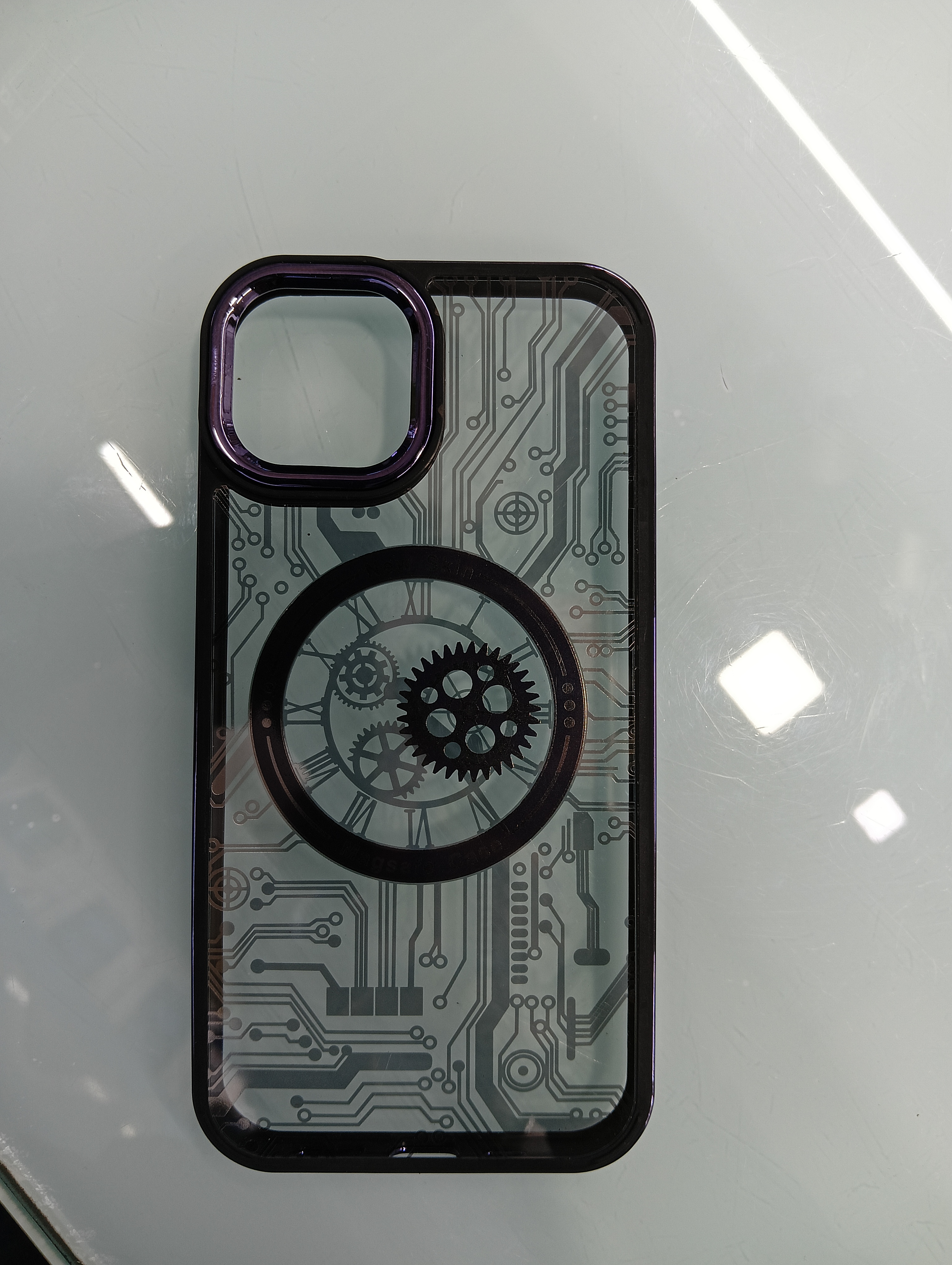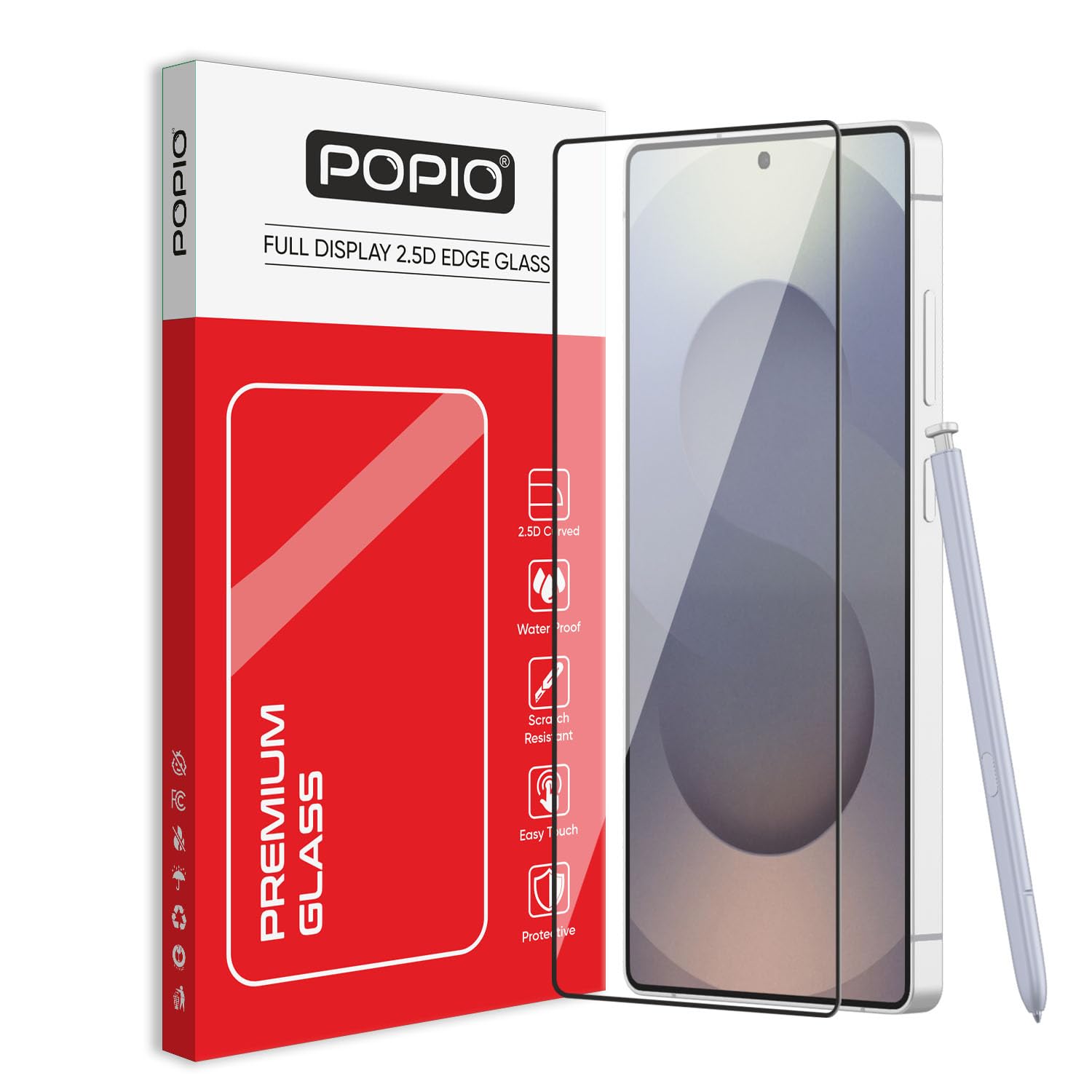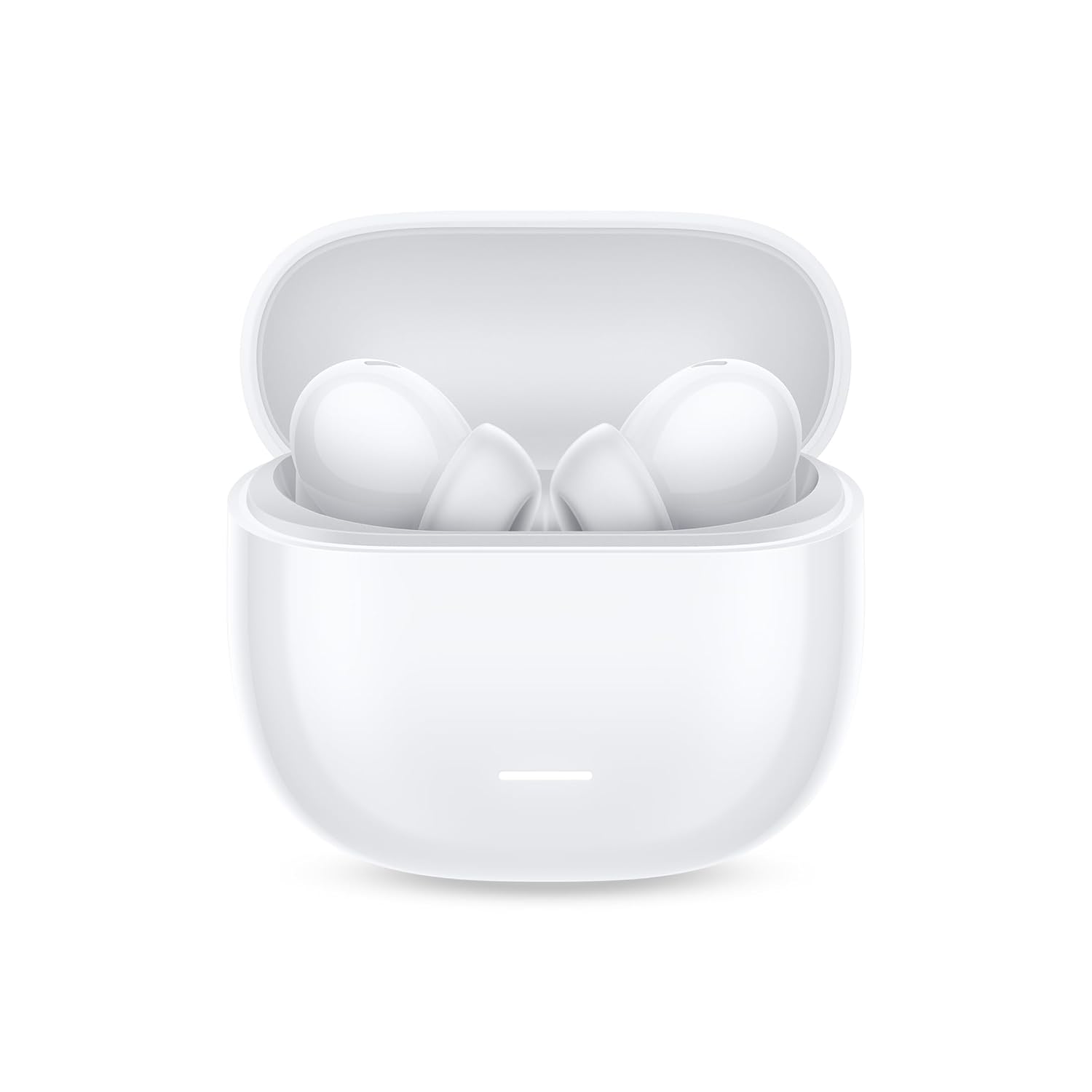
Realme 12 tempaard glass

Samsung S21fe tempaard glass

Oppo A72 tempaard glass

iPhone 15 backcover




Tempered Glass Compatible For iPhone 15 / iPhone 16 (Black) Edge To Edge Coverage With Easy Installation Kit for Smartphone (Pack of 1) tempered glass iphone 15 16
4 reviews
MRP 860
83% off
149
(Inclusive of all taxes)choose color
Specification
| Enhanced Strength 💪: | The tempering process heats glass to extremely high temperatures and then rapidly cools the outer surfaces. This creates a state of compressive stress on the surface and tensile stress in the core, making the glass four to five times stronger |
| Safety Breakage Pattern 🛡️: | This is perhaps the most well-known feature. When tempered glass breaks, the stored energy is released, causing it to shatter into small, granular, and relatively harmless cubical pieces with blunt edges. This greatly re |
| . Thermal Resistance 🔥❄️: | Tempered glass can withstand significant and rapid changes in temperature without breaking. This makes it ideal for applications that involve heat, such as oven doors, fireplace screens, and cookware |
| Scratch Resistance 💎: | Due to the hardened surface created by the tempering process, the glass is also more resistant to scratches from everyday objects like keys or other hard materials |
| No Post-Tempering Fabrication 🚫: | Once the glass has been tempered, it cannot be cut, drilled, or altered in any way. Any attempt to do so will disrupt the internal stresses and cause the glass to shatter. All necessary modifications must be made before th |
| 🫧 Bubble-Free Installation: | Easy to apply with adhesive technology. |
| 🚫 Shatter Resistant: | Protects screen from accidental drops & impacts. |
| 🪶 Ultra-Thin Design: | Lightweight & feels like the original screen. |
| 👀 Anti-Glare / Eye Protection: | Reduces strain & provides clear view even in sunlight. |
| 🛠️ Case-Friendly Fit: | Compatible with most mobile cases without lifting edges. |
Tempered glass, also known as toughened glass or safety glass, is a type of glass that has been processed to be significantly stronger and safer than standard annealed glass. This makes it a popular choice for a wide range of applications where safety, strength, and thermal resistance are important.
Manufacturing Process
The unique properties of tempered glass are a result of a specialized manufacturing process, which typically involves:
Cutting and Shaping: Standard glass (known as float glass) is first cut to the required size and shape. Any drilling, polishing, or other modifications must be done at this stage, as the glass cannot be altered after tempering without shattering.
Heat Treatment (Tempering): The glass is then heated in a tempering oven to a very high temperature, typically over 600°C (1112°F).
Rapid Cooling (Quenching): Immediately after heating, the glass is rapidly cooled with high-pressure blasts of air from all directions. This process, called quenching, causes the outer surface of the glass to cool and solidify quickly, while the interior remains hot and malleable for a short time. As the interior cools and contracts, it pulls on the rigid outer layer, creating a state of high compressive stress on the surface and balancing tensile stress in the core.
Key Properties and Benefits
Increased Strength: Due to the compressive stress on its surface, tempered glass is approximately four to five times stronger than regular annealed glass of the same thickness. This makes it highly resistant to impact and mechanical stress.
Enhanced Safety: This is the most significant feature of tempered glass. When it breaks, the stored energy is released at once, causing the glass to shatter into small, blunt, and relatively harmless cubical pieces, rather than sharp, jagged shards. This greatly reduces the risk of injury.
Thermal Resistance: Tempered glass has a high resistance to thermal stress and can withstand sudden and dramatic temperature changes without cracking or shattering.
Scratch Resistance: The manufacturing process also makes tempered glass more resistant to scratches compared to untreated glass.
Maintained Clarity: The tempering process does not compromise the optical clarity or light transmission of the glass.
Common Applications
The combination of strength, safety, and durability makes tempered glass an ideal material for a diverse range of products and industries, including:
Architecture and Construction: Glass doors (especially frameless), windows, staircases, railings, skylights, and partitions. Building codes often require tempered glass in areas where there is a risk of human impact.
Automotive: Side and rear windows of passenger vehicles.
Household and Furniture: Shower doors and enclosures, glass tabletops, glass shelves, cabinet glass, and fireplace doors.
Appliances: Oven doors, refrigerator shelves, and cooktops.
Electronics: Mobile phone screen protectors, and display screens for various devices.
Other: Aquariums, diving masks, and solar panels.










